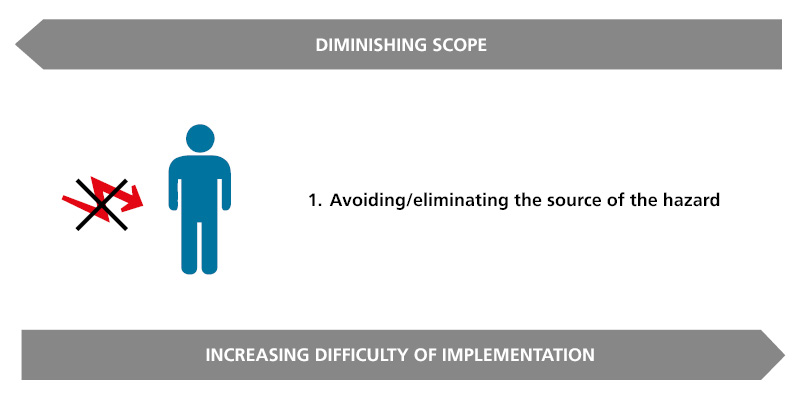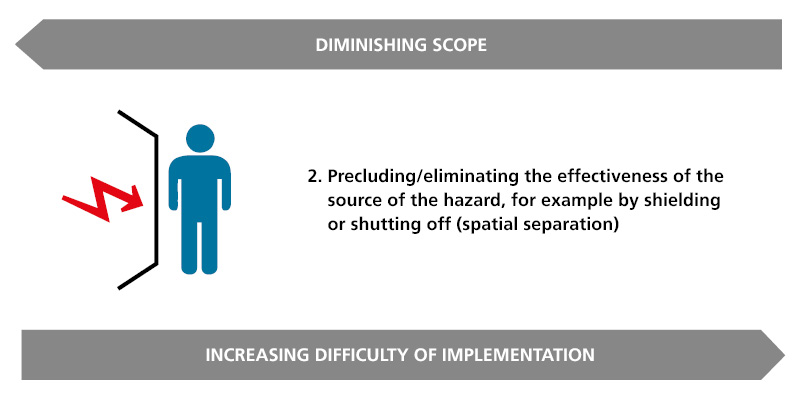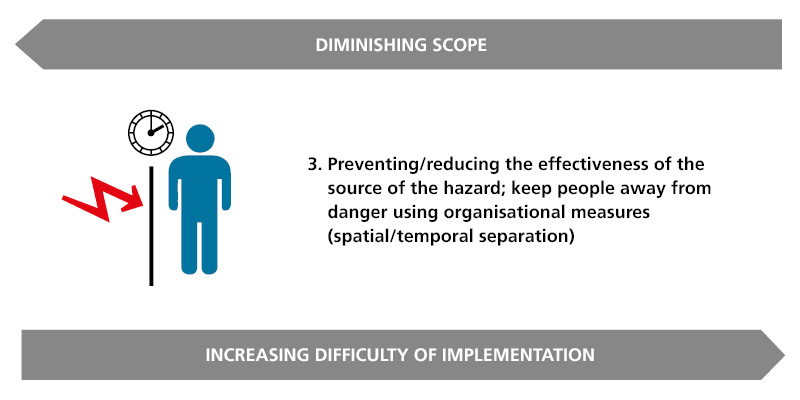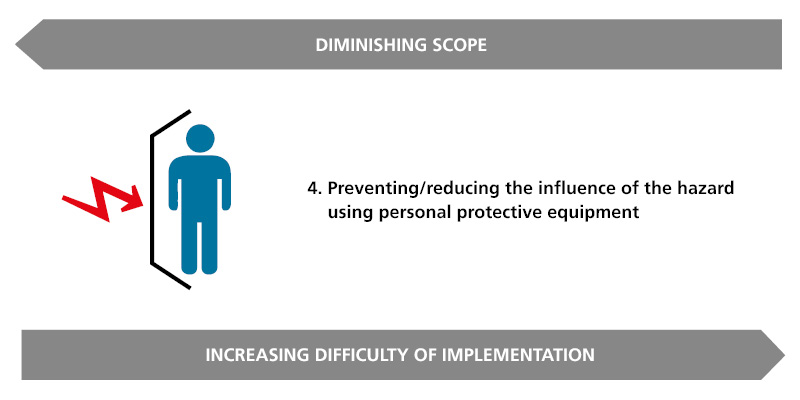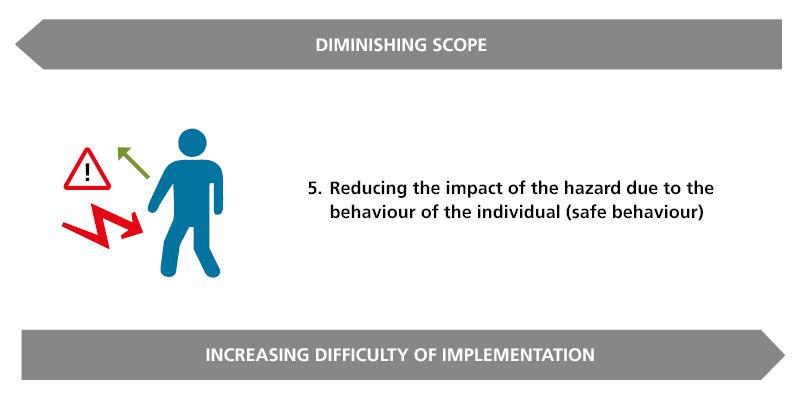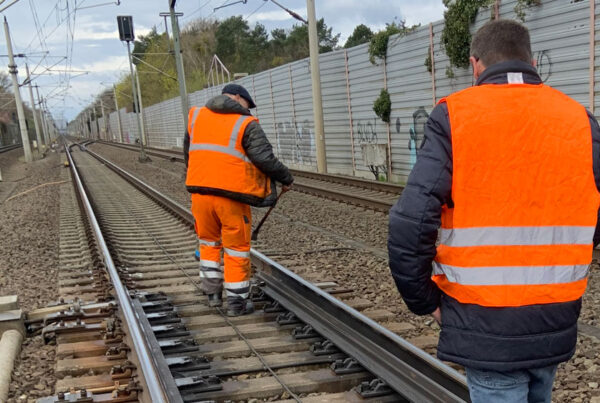Health and safety in production machining — productively implemented using the T-O-P-model
Reading time 6 Min. | 02.05.2017
Content
The term “Health and Safety” should be understood to be far-reaching, especially in production machining. This is because modern health and safety is preventative and does not wait for damage or events to occur before modifications or improvements are made. People are not just protected from the work itself, but rather against all dangers that arise as a result of the task.
This is why the term “Health and Safety” should now be understood to include necessary aspects of Health, Safety and the Environment, or HSE, and that is how it should be applied in practice. The responsibility for the protection of employees lies exclusively with the “user”, i.e. the company. This is why responsible lubricant manufacturers should take account of these factors when developing coolants. In addition, a machine tool should be equipped in such a way that the efforts of manufacturers and users of coolants are rendered completely superfluous at a later stage, without considering the substantial economic interests. HSE starts with the intention to purchase a machine and the selection of the coolant.
After all, there is a factor that many companies do not take into consideration: there is a large potential for error even in the planning stages of machinery purchasing or determining the lubricant to be used. A wrong decision may, under certain circumstances, lead to a total failure of the working procedure at a later date, if for example a claim arises due to an accident or illness, because corrective measures cannot be implemented or could only be implemented with a high financial outlay.
Companies can effectively protect their employees by optimising their production process in three steps using the well-known T-O-P model:
- Technical measures
- Ahead of Organisational measures
- Ahead of Personal measures
To begin with: identify hazards
First of all, it is important to recognise the dangers when using lubricants. This becomes very clear when you compare the following figures: in the machining sector, lubricants are the biggest triggers of skin diseases suspected to have been caused by occupational illnesses at 33%, followed by metals at 17% and technical oils and greases at 16% (BGI 658 “Skin Protection in metal processing companies”, 2008 edition). Allergic contact eczemas can, in their chronic form, last a lifetime. Although studies show that in 70% of cases, healing is possible if you consistently avoid contact with the allergen itself, the first objective is purely and simply the basic prevention of contact with any allergens. No contact means that no allergic reaction can be triggered.
The dangers associated with coolants are indicated in terms of:
- Basic toxicity
- Carcinogenic ingredients such as N-nitrosamines
- Ingredients toxic to reproduction (reprotoxic), e.g. boric acid
- Multi-acting ingredients (carcinogenic and allergenic substances), e.g. formaldehyde in biocides
- Micro-organisms (bacteria, moulds and yeasts), which could lead to organ damage of the lungs and liver
- Allergens and complications
- Increased fire hazard with non-water-miscible coolants
Considering the development of skin conditions in Germany over a number of years, the figures are as follows:
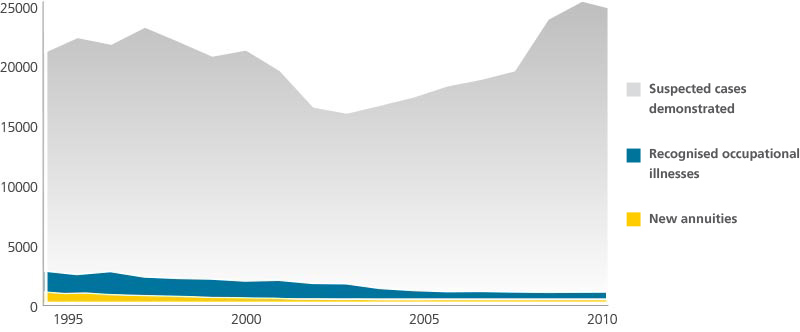
If you want to know more about health and safety in production machining, you can download the full article as a PDF. Just sign up now for our newsletter (you can unsubscribe at any time).






